We are what we eat. That is why it is important to eat healthily, and lucky for us, science can help us with this. Did you know that the food that we eat today can be divided into groups based on the nutritional properties they offer? How many classes of food do we have?
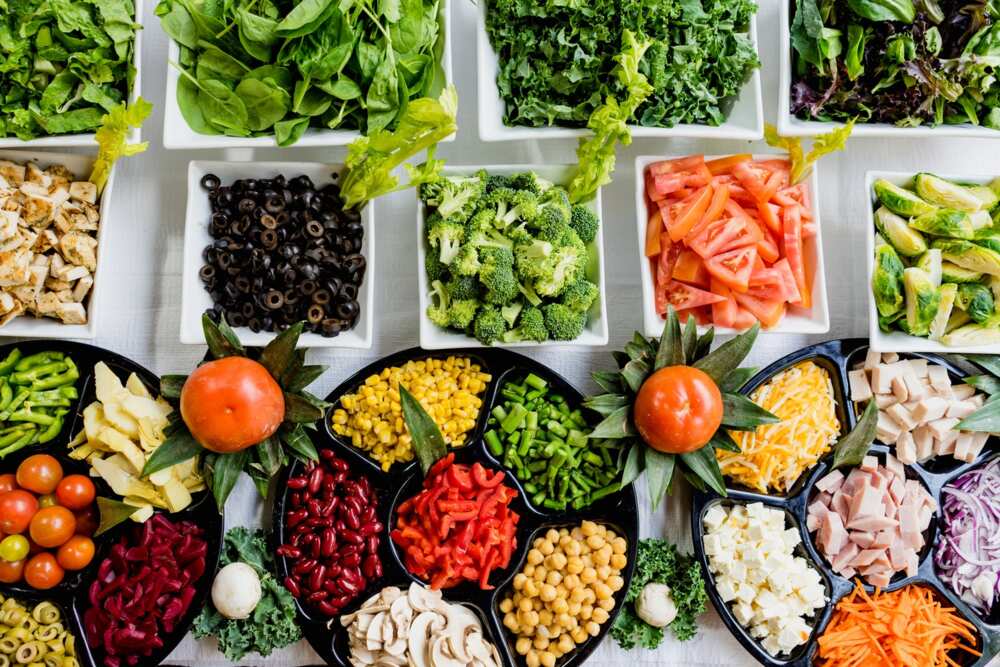
Image: unsplash.com
Source: UGC
The vast number of dishes today create different food classes that are very difficult to organise. However, it is possible to classify them. The science of dietology develops every day, and its data can be used to figure out what we eat and why.
Top 7 classes of food
For today, there are seven major classes of food based on their nutrient properties. It usually includes the following classes:
- Water
- Vitamins
- Minerals
- Protein
- Fats
- Fibre
- Carbohydrates
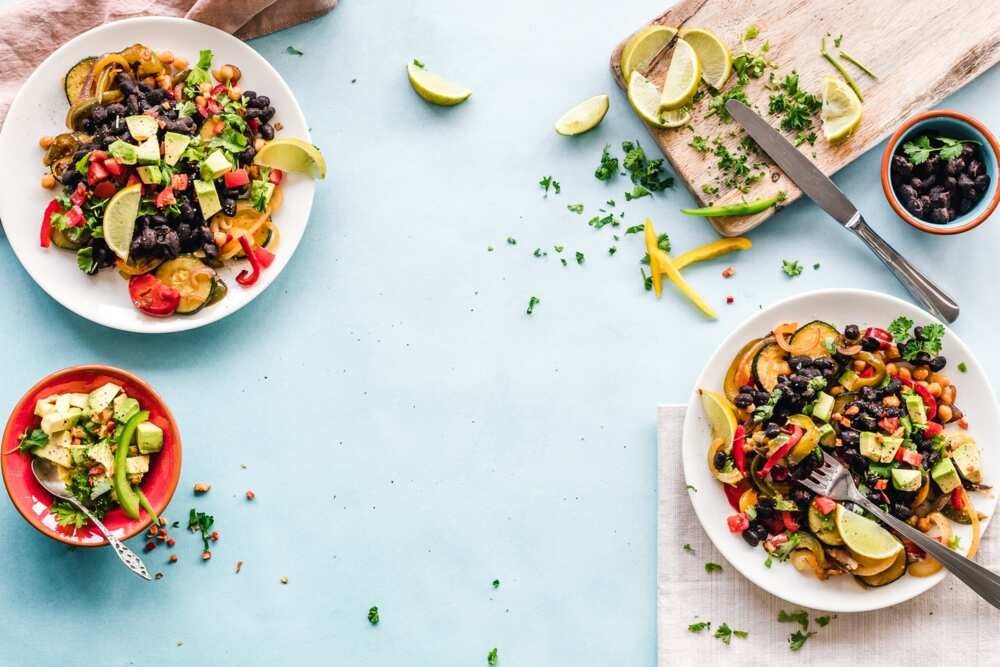
Image: unsplash.com
Source: UGC
These nutrients can be classified into macronutrients and micronutrients. Macronutrients usually include water, fibre, fats, proteins, and carbohydrates. They are needed for our body in large quantities. Micronutrients include vitamins and minerals. They are needed in our body in much fewer quantities. Macronutrients provide the body with the energy to live and prosper.
Most of the foods that we consume are made of several classes of nutrients. Some of these nutrients are needed for the body all the time as they provide constant energy. People’s health deteriorates because of the imbalance of the nutrients. There can also be a deficiency and an abundance of nutrients in our body.
1. Carbohydrates
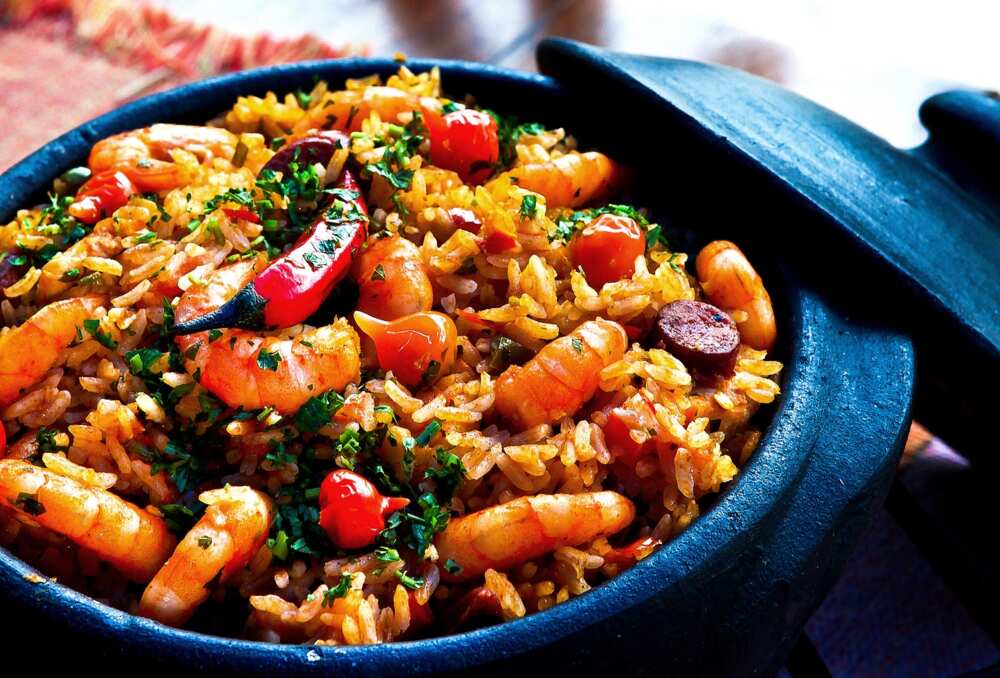
Image: unsplash.com
Source: UGC
Carbohydrate molecules are made up of hydrogen atoms, oxygen, and carbon. They can be classified according to the number of monomer units in them. Therefore, they can be divided into polysaccharides, monosaccharides, and disaccharides. Carbohydrates can be found in the majority of food, like rice, noodles, bread and other products that have grains.
Polysaccharides are more complex than any other saccharides, and they take much more time to digest. Only the simplest sugar units of classes of food can be absorbed by the blood. The simple carbs can be consumed by blood very quickly. Nevertheless, it may cause a sugar level to raise abnormally which leads to vascular and heart diseases.
2. Protein
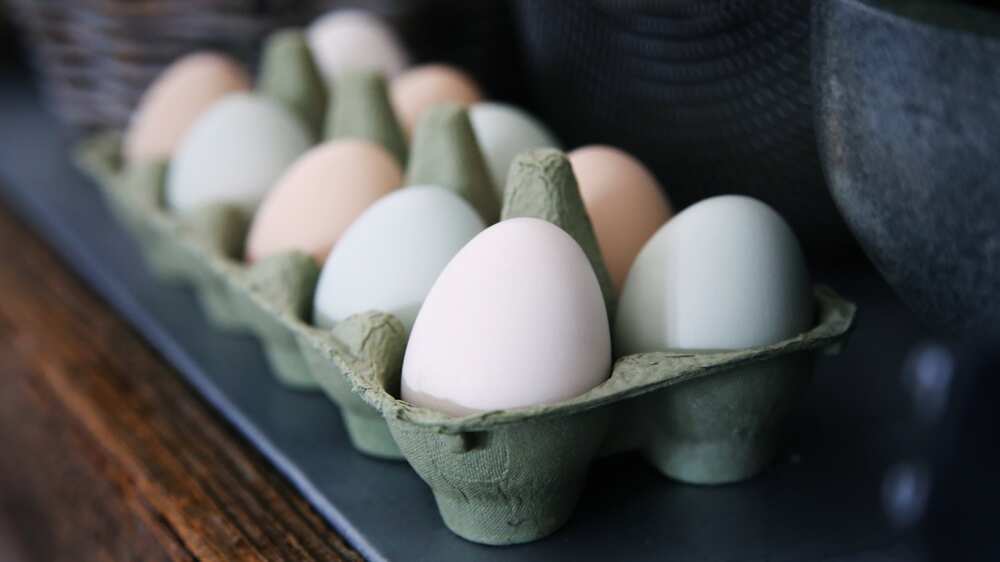
Image: unsplash.com
Source: UGC
Protein molecules are largely made of hydrogen, oxygen and hydrogen, carbon and nitrogen. This Nitrogen is an essential part of amino acids that are needed for our body. They perform functions needed for our metabolism. They are used as energy and building blocks for our body.
Our body structure is mostly made up of protein. Every molecule of protein is made up of thousands of amino acids. Our body needs these elements to create new protein and maintain the existing one. Protein that can be produced in our body is called non-essential protein, while protein that can’t be produced there is called non-essential. All animals needed essential proteins to survive.
Protein classes of food with examples can be rice, beans, dairy products, fish, meat, eggs and so on.
3. Fats
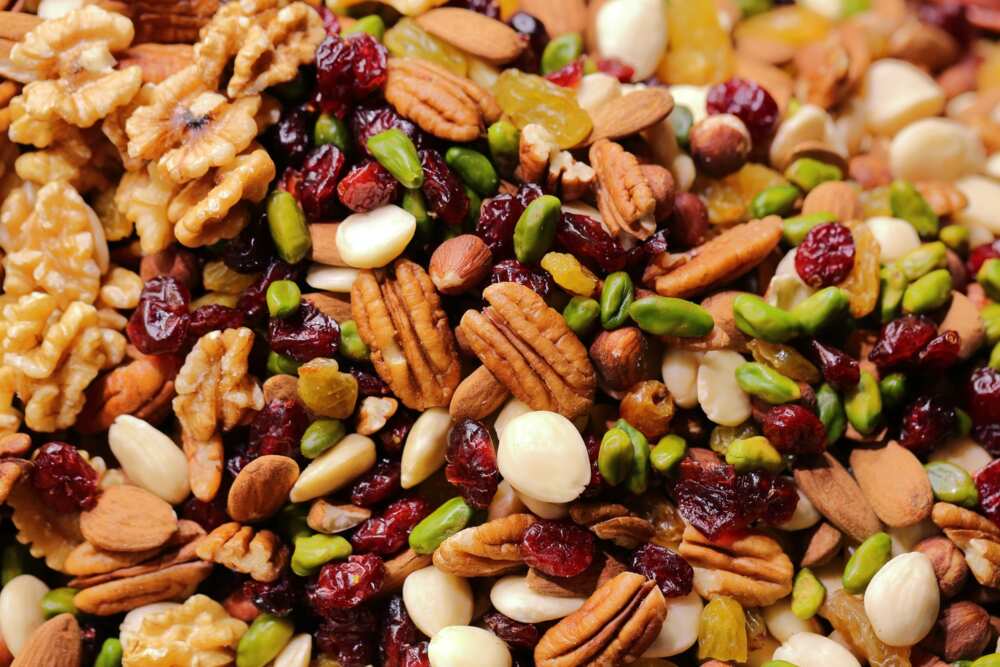
Image: unsplash.com
Source: UGC
One molecule of fat is usually made of several fatty acids. These fatty acids are made of long chains of carbon and hydrogen atoms. All fats can be divided into unsaturated and saturated. Saturated fats are the ones where all carbon atoms are bonded to hydrogen atoms. Unsaturated fats are the ones where carbon is usually connected with double bonds with a few molecules of hydrogen.
READ ALSO: Water therapy benefits and side effects
Fats are used to regulating energy, be a source of energy, help with temperature regulation and vitamin absorption. Fats can be food in various foods, like dairy products, meat, fish, whole eggs, vegetables, nuts and so on.
4. Fibre
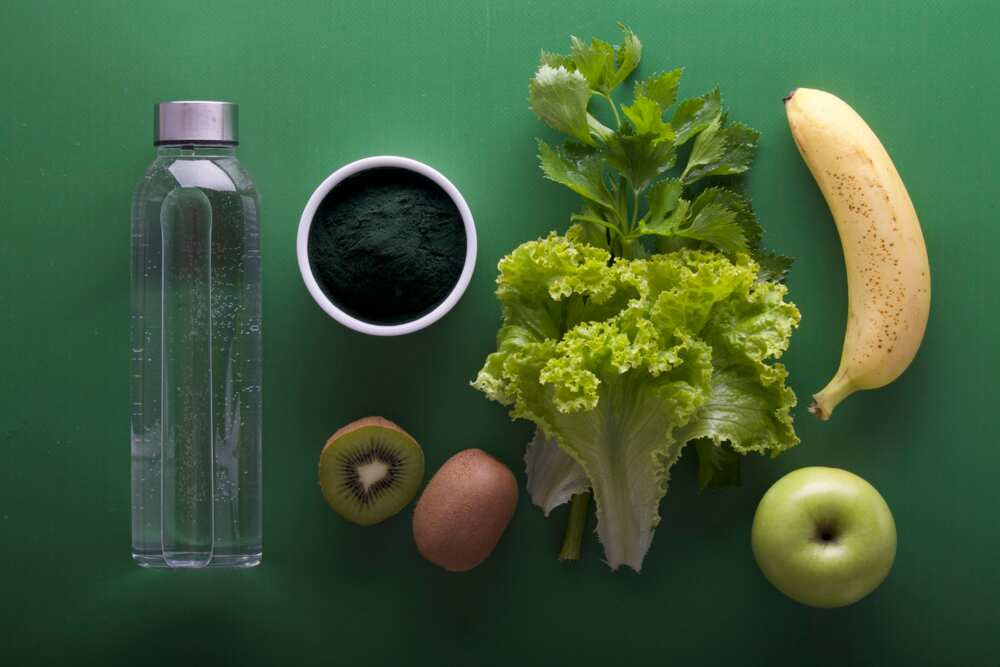
Image: unsplash.com
Source: UGC
Fibre is defined as a type of carbohydrates that is not totally absorbed by human beings. Fibre in the diet is usually made up of cellulose. It’s a large carbohydrate which can’t be digested by our body because of the lack of enzymes. Fibre can be found in fruits (oranges, currants, pears), vegetables (onion, corn, broccoli, garlic, green bean), pulses (beans, lentils) and whole grains (cereals).
Fibre is needed to keep our digestive system healthy and ready to do its job. It also contributes to the processes, like stabilizing cholesterol and glucose levels. The diet which is rich in fibre can prevent coronary heart diseases, bowel cancer, and diabetes.
5. Minerals
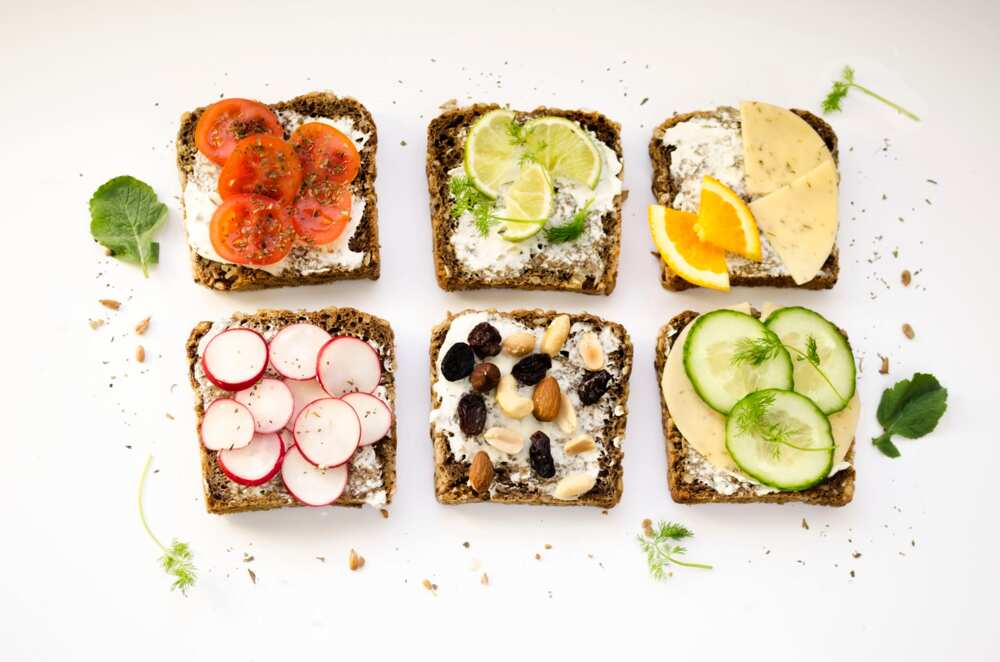
Image: unsplash.com
Source: UGC
Minerals can be defined as chemical elements that are needed by living things. Elements are less needed for our body, but they are also an essential part that keeps us healthy. The minerals include Calcium, Iron, Magnesium, Potassium, Zinc and so on. You can find these minerals in dairy products, meat, fish, poultry, grains and so on.
Minerals represent various functions like building blocks for our muscles, bones, and teeth, carrying oxygen in our body, keep fluids balanced.
6. Vitamins
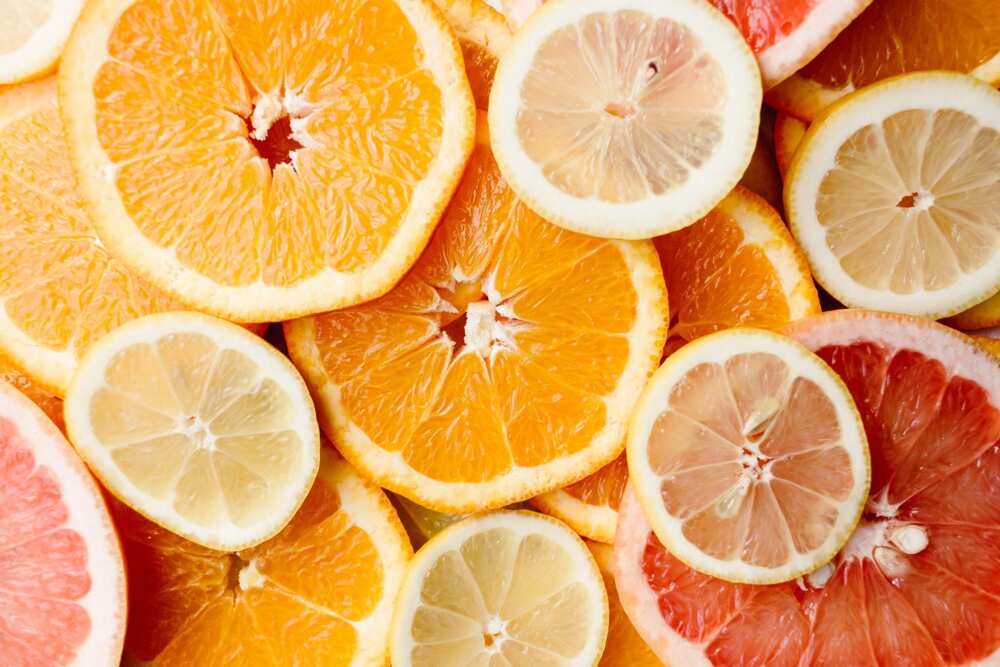
Image: unsplash.com
Source: UGC
Vitamins are another food that is not needed in large quantities but plays an essential role in our body. The examples of vitamins include Thiamine, Riboflavin, niacin, Pantothenic acid, Biotin, Pyridoxine, Folic acid, Cobalamin, Ascorbic acid and so on. Vitamins are an essential part of our immune system as it helps us to regulate and maintain the healthy process of our body. They can be found in almost any product on the Earth.
7. Water

Image: unsplash.com
Source: UGC
Water is an essential part of our food. Human is essentially 80% water. Therefore, we need to keep that balance to survive and stay healthy. Fortunately, water can be found in any product. It is a simple combination of hydrogen and oxygen, but we cannot survive without this.
Conclusion
How many classes of food do we have? Now you know all seven classes of food without which we can’t survive. Do not forget that healthy eating leads to long living. It is essential that you consume all necessary elements to help your body survive in this harsh world. Combining and balancing these basic elements of healthy nutrition like fat, carbohydrate, water and so on will help you with this.
READ ALSO: Top health benefits of moringa and its uses
Source: Legit.ng
